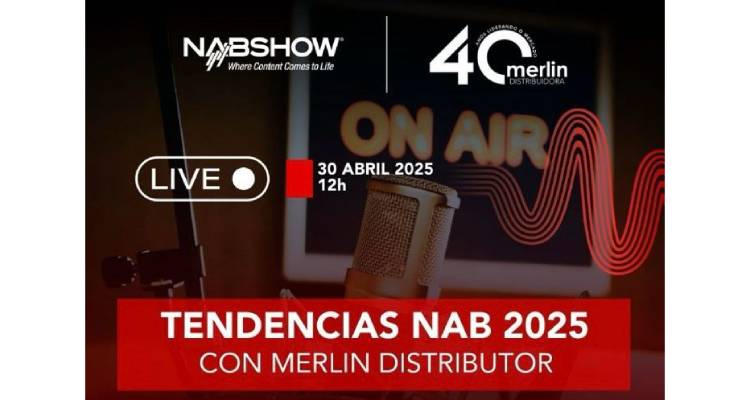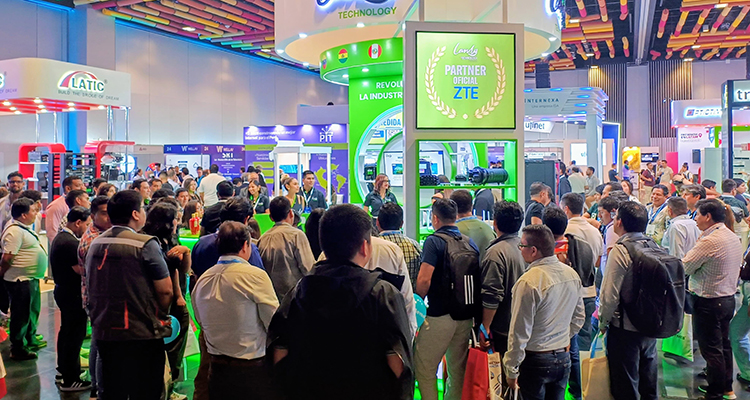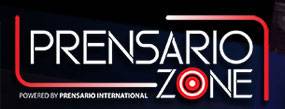Prensario interviewed Bart Van Utterbeeck, General Manager LatAm of ST Engineering iDirect.
‘SET EXPO has always been an interesting show for us. The traffic is solid. The networking opportunities are good, and we are looking forward to seeing our customers and partners face-to-face for the first time in a long time’.
‘It’s a key show for the region that enables us to take the pulse of what’s going on in terms of broadcast industry trends and innovation in Latin America. We’re just so pleased to be back in-person and taking part’.
During SET EXPO, ‘we’ll be showcasing our wide media and broadcast portfolio. Our solutions for traditional and converged broadcast infrastructures (ASI) and IP-based workflows cover a whole range of satellite broadcast transmission applications from contribution to exchange and distribution’.
‘Our products meet the high operational requirements for professional reliability and service availability. I’d urge visitors to drop by and discuss their needs’.
‘Find us at stand #44. We are very much looking forward to meeting our customers and partners at the event’.
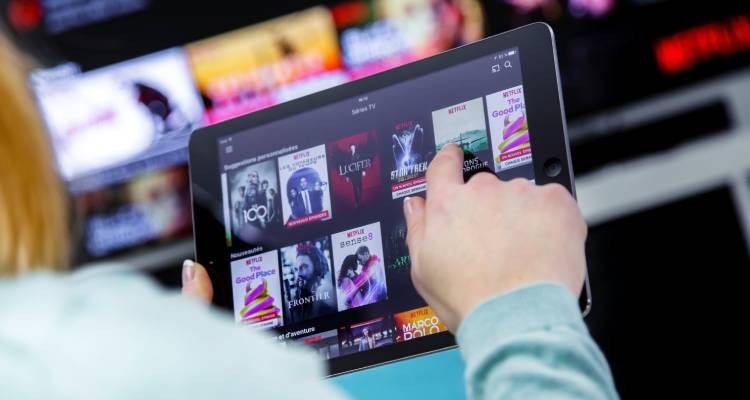
The trends in Latin America
Van Utterbeeck said that ‘one of the main trends we’ve seen over the last few years is that broadcasters are embracing more IP technology’.
‘We’ve previously seen a rise in popularity of the use of competing technologies in the form of cellular bonding’.
‘However, in countries that have patchy access, the cellular network cannot be relied upon and therefore satellite is still the best means to secure and safe access to bandwidth. So, satellite remains a very important access technology for broadcasters across Latin America, where cellular coverage is not always available, especially in remote areas. This type of technology is particularly important for SNG, for example’.
‘The other main trend that we are seeing in the region is the rise of non-linear television content. According to Digital TV Research, OTT TV episode and movie revenues for 19 Latin American countries will double to US$14 billion in 2027’.
‘However, given the unreliable access to connectivity across the continent, OTT providers may have problems with their content distribution. This is where ST Engineering iDirect and our partners can help, with our SKYflow ecosystem solution’.
The other thing to mention is that demand for digital media is growing across the board. In Brazil, the backdrop for SET EXPO, the largest economy in Latin America, digital consumption was boosted by the pandemic’.
‘According to PagBrazil, 76% paid for digital content such as streaming services each month. And again, satellite is going to continue to play an important part in reaching subscribers that are located outside of urban areas, where connectivity is unavailable or patchy’.
About Skyflow
To enable service providers and telcos to deliver content to satisfy the many use cases that require satellite delivery of OTT services – be it media and broadcast, or the plethora of other use cases beyond them including helping educational institutions, healthcare, and mobility markets – ST Engineering iDirect has collaborated with its partners to create a breakthrough multicast ABR ecosystem.
At a time when the broadcast sector is seeing unprecedented change, with digital firmly on the scene, the classic challenge of latency issues around internet media has been a barrier to satellite formatting. Now, the arrival of new technology allows the industry to dramatically reinvent OTT outreach and completely change the status quo.
Combining the power and bandwidth of satellite with huge viewer convenience and flexibility, the ability to send OTT video content over satellite represents a completely new – and highly significant – industry landmark.
It’s also one that is fully DVB-NIP compliant, meeting the new standard being developed by DVB. The delivery of native IP over satellite creates a range of possibilities for mobile and multi-room viewing, education video distribution and network cost savings.
‘The coming together of the companies to create this innovative ecosystem has redefined satellite’s role in OTT delivery and will enable service providers and telcos to deliver content to any device in any location and will satisfy the many use cases that require satellite delivery of OTT services’.
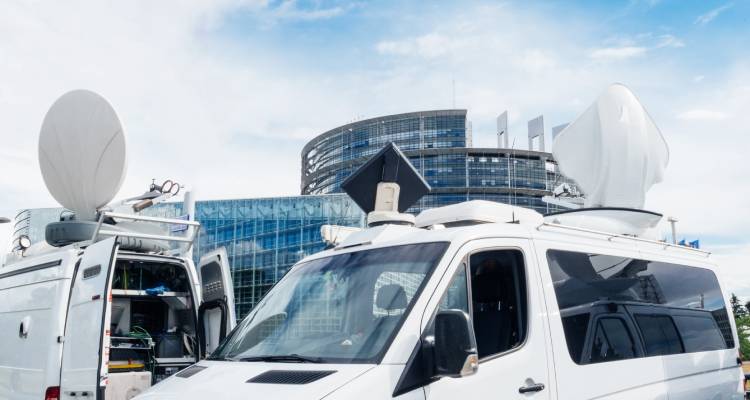
Consulted about DTH, Van Utterbeeck explained that ‘is experiencing a plateau in demand, but given the shift in demand for non-linear services, we are able to offer satellite companies the ability to cater for both linear and non-linear demand’.
‘The beauty of satellite is that it is a very efficient means of distributing that content to a large geographical area so whether it is linear or non-linear, we have the scale’.


